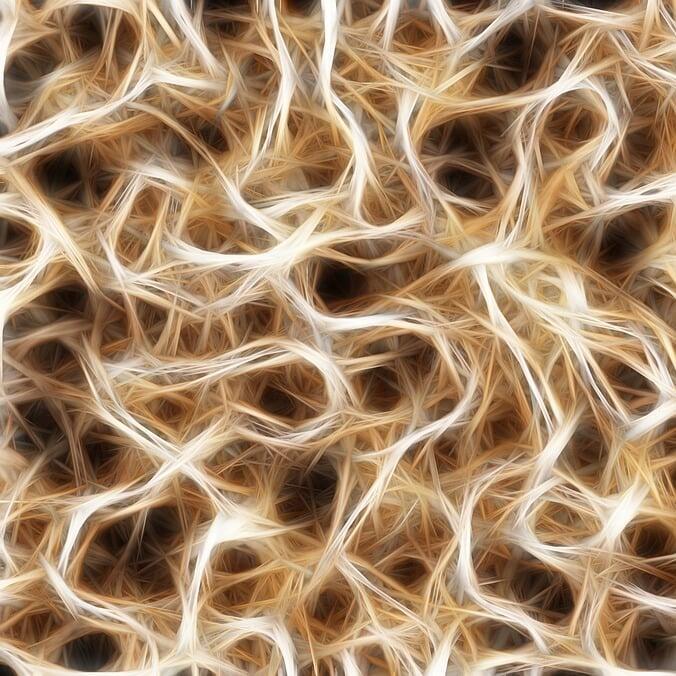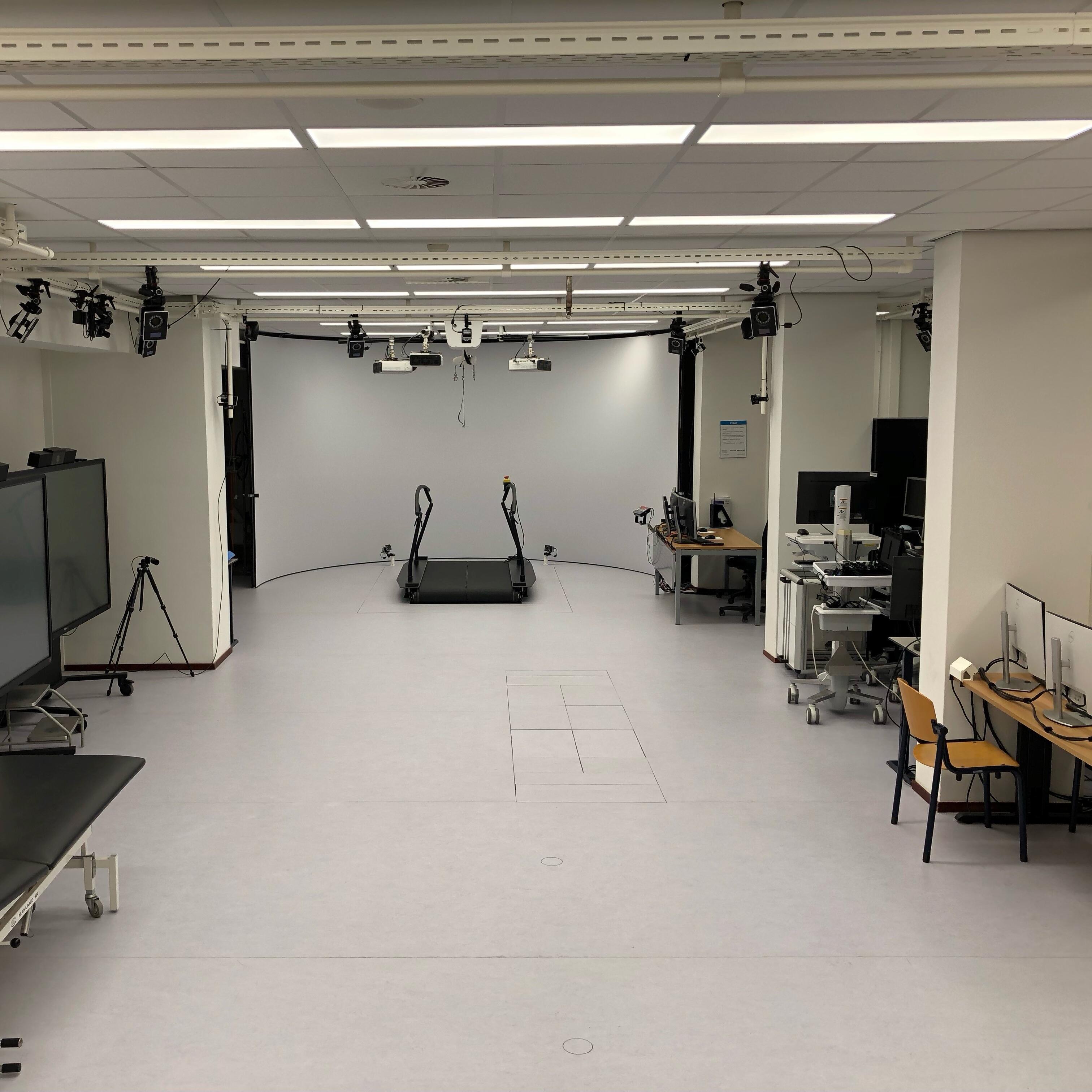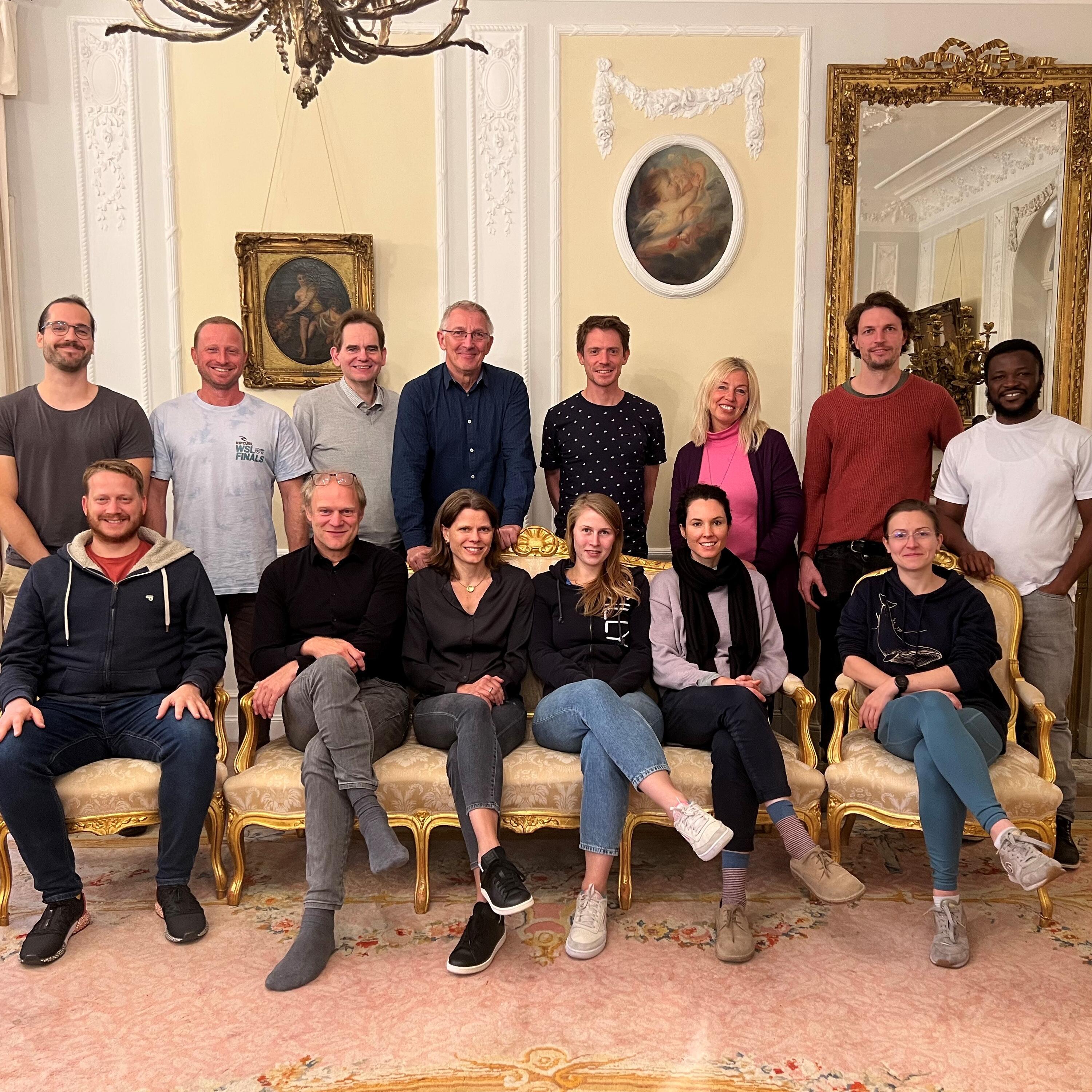



The EU-funded Interreg VI project "Parkinson Vibrating Socks" aims to improve the mobility of people suffering from Parkinson's disease. Parkinson's disease is an incurable neurodegenerative condition that primarily occurs in individuals over the age of 60. Currently, about 182 out of 100,000 people are affected by Parkinson's. Typical symptoms include motor impairments such as muscle tremors or postural instability. One of the most limiting symptoms is the phenomenon known as "Freezing of Gait," in which approximately 60% of all people with Parkinson's experience during the course of their illness. Freezing is described as if the feet suddenly stick to the ground, preventing the initiation of the next step, often leading to falls. Consequently, those affected often restrict their daily activities, which in turn reduces their quality of life.
Unfortunalety the effectiveness of parkinson medication on FOG is little. A promising non-pharmacological approach is called "Cueing." In Cueing, individuals are provided with a stimulus (a "cue") to overcome the walking blockage. The sudden stimulus helps the brain initiate the next movement. Among the various existing Cueing approaches, vibrotactile cueing is the least intrusive and inconspicuous method. It is non-invasive, has no side effects, and can be applied through a vibrating element (e.g., on the foot), making it neither visible nor audible from the outside. Vibrotactile Cueing has significant potential to improve Freezing without limiting the daily activities of the affected individuals.
Therefore, the Parkinson Vibrating Socks Project aims to develop a prototype of such a Cueing system: a small device worn on the ankle containing a sensor. It takes a patient-centered approach and will clinically and scientifically evaluate the system. The system analyzes the walking pattern using machine learning algorithms and provides a vibrotactile cue when Freezing is detected. Additionally, an app will be developed to connect with the device, collect relevant data for the affected individuals and healthcare providers, and present it in an easily understandable manner.
Project Management: Prof. Dr. Claudia Voelcker-Rehage
Coordination: Dr. Robert Stojan
Project Duration: Juli 2023 – Juni 2027
Supporter:
Collaboration Partner:











































